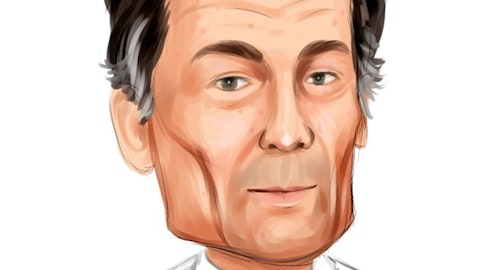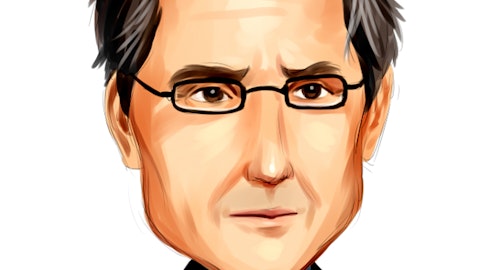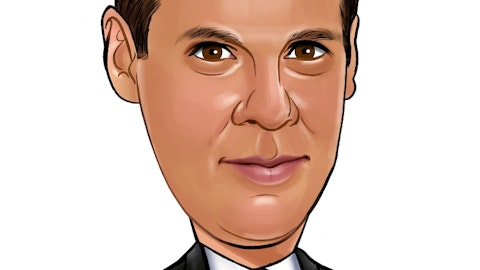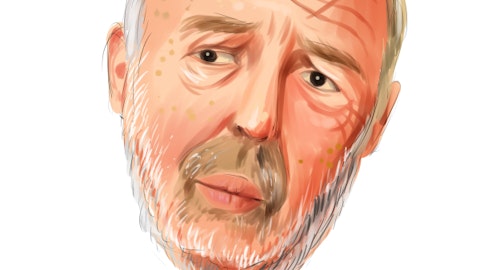Pamela Palmer: Yeah, we’re conducting market research on 150 kidney specialists intensivists and really examining their issues with the current CRRT anticoagulants, really looking at the impact that COVID has had. HHS has just agreed to maintain COVID-19 Public Health Emergency past January. It’s still an issue. We don’t know how bad this winter is going to be at. So, they’re they’ve got issues, they’ve got CRRT patients that need anticoagulation. And we are just thrilled to move this forward and really help these patients out, hopefully with that EUA.
Vincent Angotti: So not a perfect answer on timelines of EUA because there is no standardization, but we’re working aggressively to accelerate it as much as we can.
Brandon Folkes: Maybe one more for me and I’ll hop back in the queue. Can you just update us on your conversations, maybe with physicians in practice? Obviously, the fact that you’re going to EUA, there this significant need. But given that this product hasn’t been in market for so many years, never been in the market in the US, but ex-US, how difficult or how much work do you think there is to change habits and just treatment standards ahead of the ramp, but just once you’ve launched? How quickly do you think you can convert centers over to Niyad?
Pamela Palmer: It’s a small group of specialists. They really operate off of sort of colleague to colleague information, the guidelines. Certainly, we’ve been working with the folks who write the guidelines. We had an important sort of KOL call. I think it was last May, where Dr. Stuart Goldstein and Lakhmir Chawla went over the advantages of nafamostat in a recent published study that showed the benefits of nafamostat over citrate by Dr. Goldstein. So there’s a small group, they write the guidelines together, they all get together at meetings. And so, word travels very fast. We’re not looking at this being a huge commercial expense to get nafamostat into these hospitals once the EUA is approved.
Vincent Angotti: I think the other key consideration here is nafamostat isn’t a foreign term to them, meaning they understand through the education, watching what’s happening internationally, that it’s a standard of care in other markets. They just haven’t had access to it here in the US. So the molecule in nafamostat, how it’s being used will not be a new concept, but it would certainly be a nice available concept to them moving forward.
Operator: The next question comes from Ed Arce from HC Wainwright.
Unidentified Participant: This is Thomas asking a couple of questions for Ed. So, first, I think for Raffi, since you’re the point person for DSUVIA negotiations, what would you consider to be key elements of an optimal partnership? And can you go over what are some potential impacts on ongoing partnership with the US military?
Raffi Asadorian: Obviously, I won’t get into too much detail since we have not finalized the parties that we’re discussing with. But I think the most important is having a partner that we’re comfortable with that is going to do a great job and invest in DSUVIA. We clearly believe in the product. We know we have not been able to resource it like we have wanted to. But we believe there is a lot of value still in this product and it’s evidenced by us being able to continue to grow sales with a very limited team. That’s why any structure that we have been discussing, and will likely come out to, will have a royalty and milestone structure that we can participate in the upside. And that’s important for us. What’s also important is maybe keeping a part of the business €“ and I don’t want to get into any details. But keeping a part of that business that we think has upside for us, given the relationships that we’ve been able to develop in that market.




